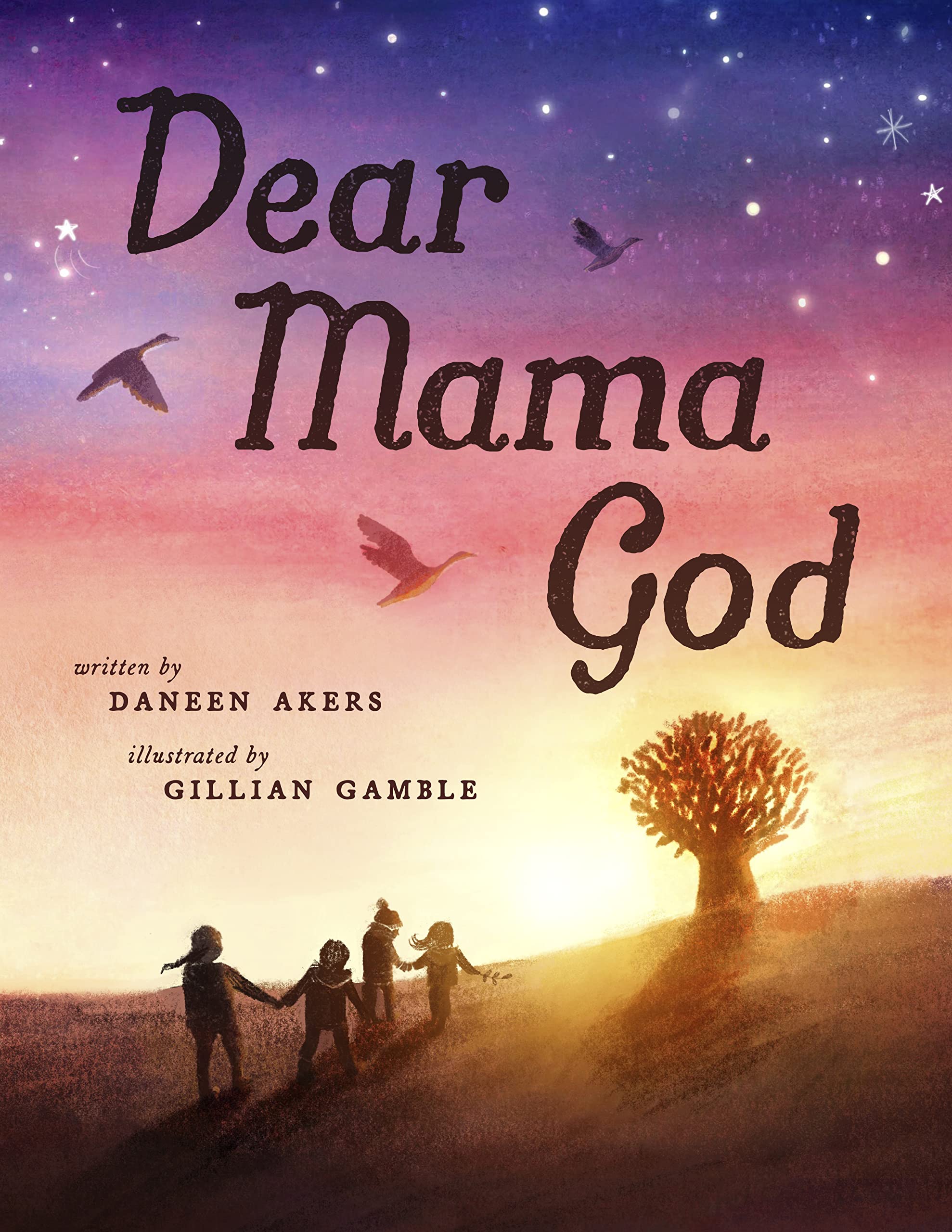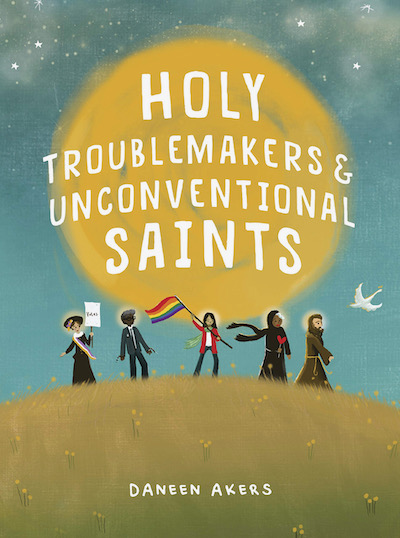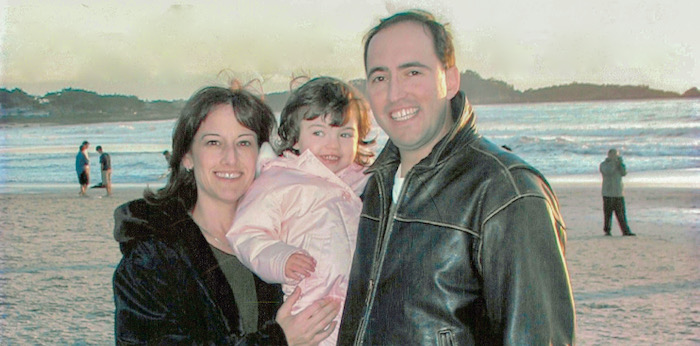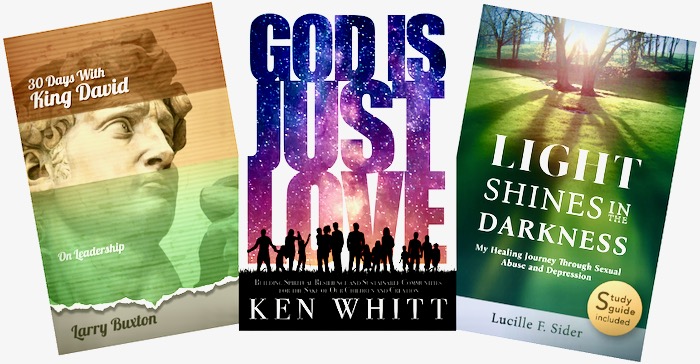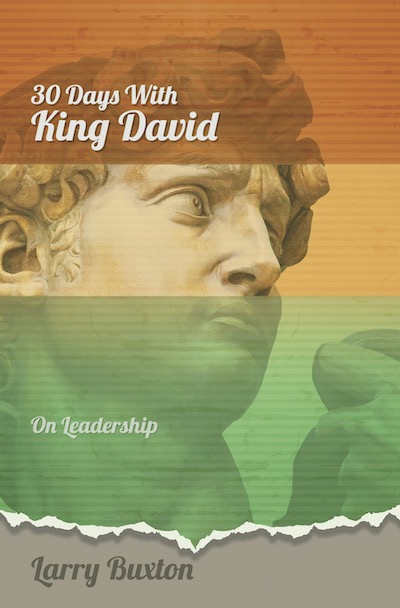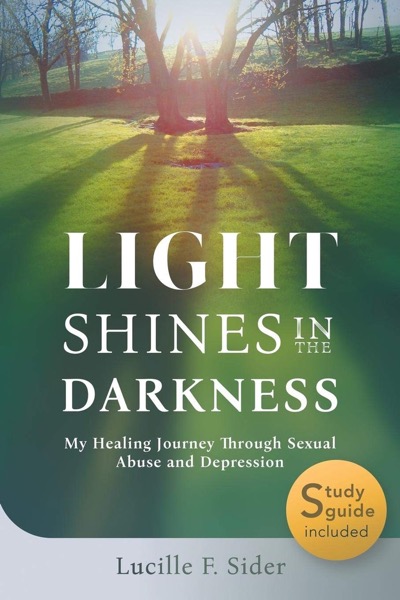With a worldwide rise in antisemitism,
the Hanukkah lights can become community affirmations
THIS WEEK, WE ARE WELCOMING TEN OF OUR MANY JEWISH WRITERSwho are sharing personal reflections on celebrating Hanukkah in 2023.
Of course, Jewish families know that Hanukkah is a relatively minor festival each year, heightened across the U.S. because of its proximity with Christmas. “It’s not the Jewish Christmas,” Jews tell non-Jewish friends each December. “Hanukkah is a celebration of religious freedom.”
And that’s why, this year, many non-Jews are adding—in the face of a horrifying rise in hate crimes: “Community affirmations of our Jewish neighbors are important, especially as we begin to see the lights of Hanukkah appear in windows.”
Since our founding in 2007, our publishing house has been proud to produce books with men and women from many different faith traditions, including two dozen Jewish writers. Over the past week, 10 of those Jewish writers sent us personal notes about the deep resonance of Hanukkah this year. Please, read this cover story and share it with friends as a way to spread a little peace and hope and affirmation of our religious diversity, this week. If you want to take a further step, we have added links to these authors’ books. Consider expressing your own affirmation of our religious diversity by giving a friend or loved one a book by one of these authors—or by purchasing one of their books for your own enjoyment.
Note: Spellings vary as writers refer to the holiday.
Rabbi Jack Riemer
Where is the miracle in the Hanukkah story? That the Jewish people have held onto the Hanukkah story for 2,100 years, transmitting it from generation to generation, in one country after another, when they had so many opportunities to abandon it; when they were offered both the carrot and the stick, rewards if they gave it up and threats if they did not; that the Jewish people held onto this holiday for 2,100 years—that is the miracle. And that we still have it now, that we are right now about to transmit it to the next generation, to those who will come after us—that is the miracle.
It is a miracle that more 20 centuries after the Hanukkah story happened, we are still here, still telling the tale, still transmitting it to a new generation which, in turn and with God’s help, will tell the tale to those who will come after them. Therefore, let us celebrate Hanukkah together this year, with a whole and a happy heart.
Rabbi Jack Riemer often is referred to as a “dean of preachers” among Jewish clergy, because he has taught and mentored so many of his colleagues. You can enjoy his most memorable holiday messages in his book, Finding God in Unexpected Places: Wisdom for Everyone from the Jewish Tradition. His newest book is Duets on Psalms.
Lynne Golodner
I agree that publicizing the miracle aspect of Hanukkah is even more important this year. In response to the catastrophic rise in antisemitism, especially since the Oct. 7th attack on Israel, I have pulled my Jewish star necklaces out of my jewelry box and started wearing them again. I’ve also gotten more involved in my synagogue and Jewish community. I believe the best way to combat senseless Jew-hatred is to be the proudest Jewish person I can be, publicly and privately—to infuse my life with Jewish practice and ritual.
And I am even more committed than ever to my author brand, which focuses on creating compelling Jewish characters. I’ve always lit a bunch of menorahs in the window every night of Hanukkah, and this year will be no different. What is different is that being Jewish is incredibly special, handed down over generations, a long legacy of prioritizing life, celebration and love. I am very proud to be Jewish!
Lynne Golodner is a leading journalist, author and educator who coaches other writers and creative professionals. Learn more at her website LynneGolodner.com—and enjoy an example of her “compelling Jewish characters” in her new novel, Woman of Valor. Among her many books is an exploration of interfaith food traditions in The Flavors of Faith: Holy Breads.
Rabbi Lenore Bohm
In my decades of celebrating Chanukah, I have never felt such a great need to see and relish the glowing lights of the Chanukah menorah. With deep longing, I seek to be reminded that we can create light in darkness and that we can increase light over time by lighting one additional candle for each of Chanukah’s eight nights.
It will certainly be a more solemn Chanukah celebration this year for many in the Jewish community. We remain shattered by the events of October 7 and anguished by violence that continues in and around our beloved Israel. We give thanks for the released hostages and pray that each one remaining in captivity will be reunited with family and friends before or during Chanukah. May Israel know true peace and security and may the Palestinian people gain freedom to choose worthy leaders who prioritize their people’s flourishing.
Rabbi Lenore Bohm is known as a pioneering Jewish leader, among the first women to be ordained. Today, she says, “I am thrilled that now there are over 1,500 women rabbis including almost 50 ordained under Orthodox auspices.” She also is known as a Jewish educator, including her book, Torah Tutor: A Contemporary Torah Study Guide.
Rabbi Joseph Krakoff
In the Chanukah story, a small group of individuals known as the Maccabees rose up to resist the Greek culture that was forcefully imposed on the Jews by Antiochus Epiphanes during the 2nd century BCE. While some Jews willingly assimilated so they could more comfortably co-exist within the majority culture, a battle was waged by Jewish traditionalists to preserve the beautiful rituals and distinctive traditions that were the heart and soul of Jewish living. At the crux of the Chanukah narrative is the lesson that defending the right to practice Judaism freely and proudly is at the core of our ability to survive as a people. The eight-day holiday encourages and empowers each of us to do everything in our power to celebrate our differences while affirming the joy associated with being uniquely Jewish.
In this time of overwhelming challenge and struggle against growing antisemitism and the evil perpetuated on October 7 and every day since, we need to even more vigorously support and defend the Jewish right to practice freely in this country, in Israel and across the globe. May the brilliant lights of the Hanukkah menorah, this year more than ever before, remind us of our human responsibility to bring increased light into the world especially during our darkest days and when we all need to see and feel it the most.
Rabbi Joseph H. Krakoff is CEO of the Jewish Hospice and Chaplaincy Network. He also is co-creator of Never Long Enough, a unique book about the end of life, along with artist Dr. Michelle Y. Sider. This “picture book” invites families to reflect on the milestones of life either before or after the death of a loved one.
Howard Brown
We are not alone. That’s the affirmation that runs throughout Jewish history and is a key part of the Hanukkah story that has been preserved and handed down to us through the millennia. This also is a central truth understood by survivors around the world—certainly by survivors of stage IV cancer like me as well as survivors of traumas in so many forms, especially now.
We are not alone.
As a lifelong volunteer in Jewish leadership, I have never seen our community so alarmed by the hundreds of antisemitic threats documented by law-enforcement officials—and the thousands more that pass without such official notice in communities across the U.S. and around the world. The alarming rise in antisemitism makes us especially aware and thankful for friends, neighbors and co-workers who express their support. As Jewish families set out our candles this year—and shine our light into the darkness of this world—it takes courage and commitment as we affirm religious freedom for all. Perhaps, this year, you can encourage a friend or neighbor by reminding them:
We are not alone.
Howard Brown is a two-time stage IV cancer survivor, an early Silicon Valley entrepreneur and an active interfaith peacemaker. Visit ShiningBrightly.com, to join the thousands of listeners to his weekly podcast. And order a copy of his memoir, Shining Brightly, for friends who may need a bit of inspiration in this holiday season.
Suzy Farbman
Lighting candles on Chanukah is a way to celebrate and express gratitude for my ancestors and for 3,000-plus years of Judaism. With the amount of antisemitism currently being demonstrated worldwide, observing Chanukah this year is also a personal expression of solidarity for Jewish people everywhere.
Suzy Farbman is a nationally known journalist who is one of the most popular columnists in ReadTheSpirit magazine. She shares the inspiring and often funny story of her successful battle with cancer in GodSigns—and celebrates her love of the fine arts in Detroit’s Cass Corridor and Beyond: Adventures of an Art Collector.
Bobbie Lewis
For me, Chanukah has a more poignant meaning this year, because the original Chanukah marked the victory of the Jews in Judea (an area that later came to be called Palestine) to be free from domination by the larger surrounding culture (the Assyrian Greeks). And so it is today. Israel is battling for the right to exist as a Jewish state—the only one in the world.
Bobbie Lewis—a past president of WISDOM and contributor to the Friendship & Faith collection (with a piece about Chanukah!)—is a retired public relations professional and a contributing writer for the Detroit Jewish News.
Joe Lewis
When I was young (in England) Chanukah wasn’t an orgy of presents to compete with Christmas. Instead, we kids would pay a visit to aunts and uncles and get a few coins as “Chanukah gelt”—Chanukah cash. Coins represent the independence of a sovereign nation, and the Maccabees minted their own currency, so coins are a reminder of our people’s independence long ago and—since the establishment of the State of Israel—the recovery of that independence.
Do today’s children know what coins are, I wonder? My schoolmates and I used to discuss the superiority of the twelve-penny shilling, so easy to divide by 2, 3, 4 and 6, over currency of other countries; we’d collect pennies from bygone kings and queens, every coin a history lesson; and a sixpenny bit or a threepenny bit in the hand conjured images of a spree at the sweet shop (candy store).
Joe Lewis is Bobbie Lewis’s husband and, among his many professional pursuits, taught generations of non-Hebrew-speaking men and women to enjoy a deeper participation in Jewish rituals, like the Passover seder, through his Singlish adaptations that he created and published. We thank Joe especially for his many years of support for our interfaith community of writers.
Rabbi Bob Alper
Our festival of lights comes at a time when we feel enveloped by the darkness of fear and overwhelming sadness. This year’s celebration of Chanukah reminds me of Rilke’s words: Even in the worst of times “would you not still then have your childhood, that precious, kingly possession, that treasure house of memories? Turn your attention thither. Try to raise the submerged sensations of that ample past.”
And so, for eight nights, as we light our menorah, for a few sweet moments I will once again be little Bobby Alper, standing in the dining room of our home at 89 University Avenue in Providence, our faded Chanukah banner hung across the door and warm orange candle wax dripping on my hand. For a few moments I’ll return to that chamber of happy expectation.
For a few precious moments.
Rabbi Bob Alper is the only practicing rabbi who tours nationally as a standup comic, famous for organizing interfaith comedy revues. You can enjoy more of Bob Alper’s wit and wisdom in his memoirs, Life Doesn’t Get Any Better Than This and Thanks. I Needed That.
Brenda Rosenberg
Celebrating Hanukkah, the Jewish festival commemorating the recovery of Jerusalem by the Maccabees (a group of Jewish rebel warriors) and the rededication of the Temple in Jerusalem is always a bittersweet time for me. My brother died on the first night of Hanukkah, 2020. My mother died on the last night of Hanukkah,1968. This year it will be even more emotionally challenging. October 7 in Israel was the most brutal attack on Jews since the Holocaust has left me shaken and fearful to be a Jew in America.
As I light the candles on the family menorah, the same Menorah I lit as a child, I will be praying for another miracle, a miracle of replacing hate with hope, and to creating healing. I pray my efforts with my friends from multiple backgrounds, religions and ethnic groups will bring a new level of understanding, to move from the ghosts and shadows from the past and heal our traumas, working together to create a new and viable future together.
Brenda Rosenberg is a peace activist and educator after a long career in retail marketing. Ironically, she is the creator of the original “Santa Bear” that swept the nation in the 1980s. Her commitment to interfaith peacemaking includes books, such as Reuniting the Children of Abraham and Harnessing the Power of Tension.

In 1955, Brenda Rosenberg (right) watches along with her brother Sanford Allen Cohen as their mother Belle Cohen lights the family menorah in their Detroit home.

